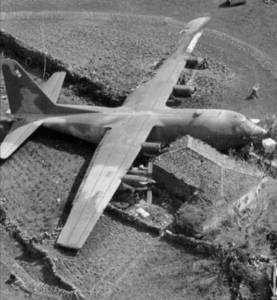The B-1B Lancer Is Getting a Hypersonic Upgrade
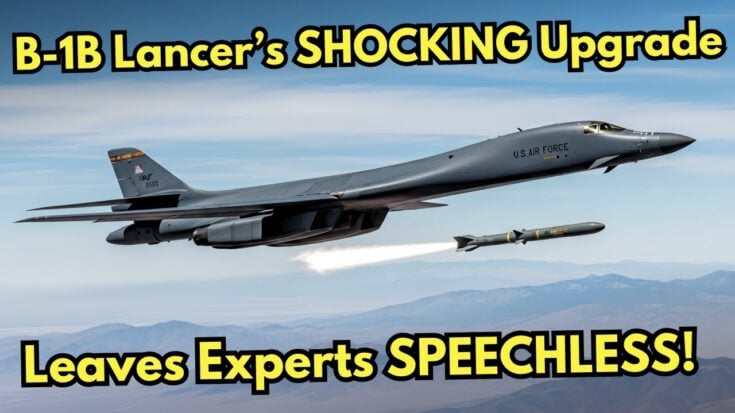
YouTube / Skyward Fighter
As the U.S. Air Force prepares for the arrival of the next-generation B-21 Raider, it’s giving its aging but still formidable B-1B Lancer bombers one last major upgrade—external weapons pylons that could soon carry hypersonic missiles.
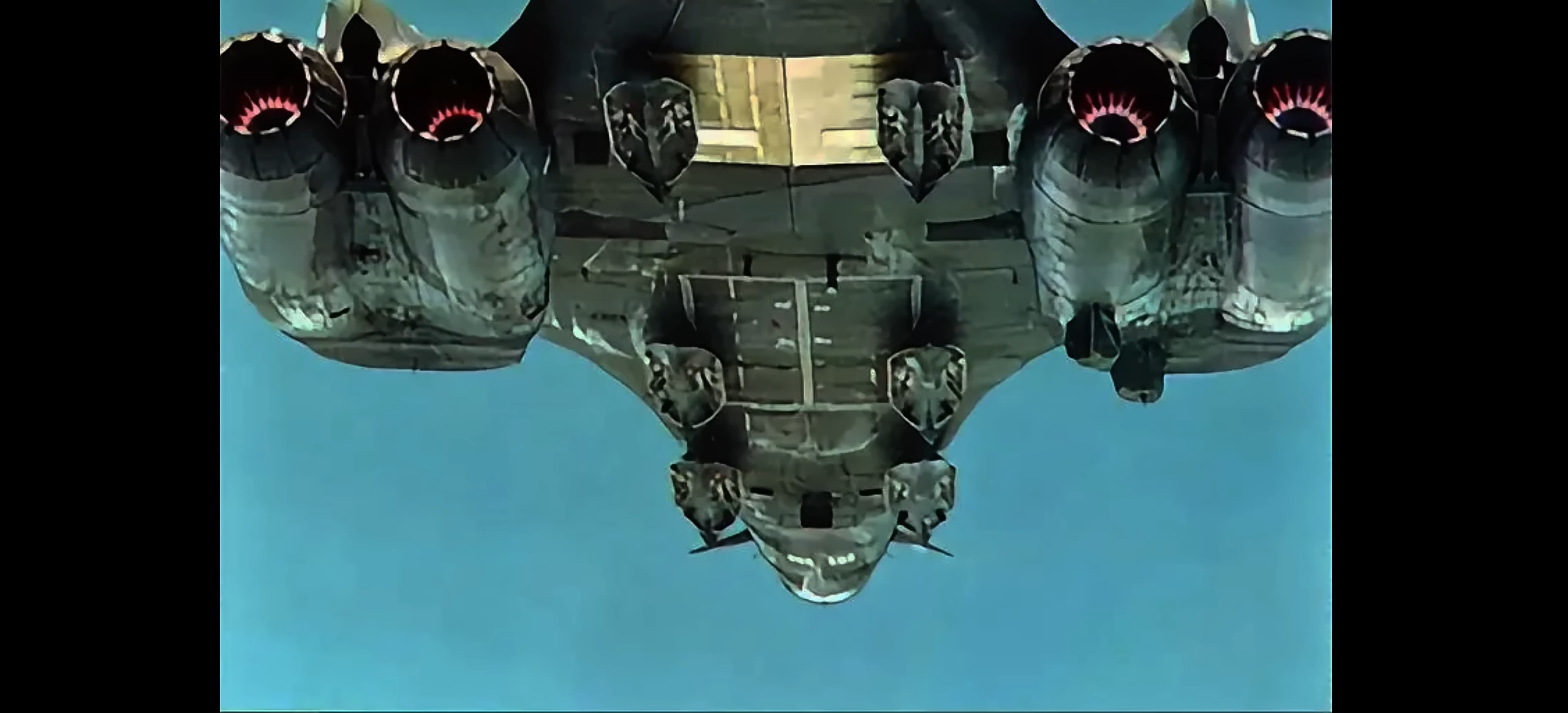
Breathing New Life into the Bone
The Air Force’s Fiscal Year 2026 budget request includes over $50 million for a new “External Heavy-Stores Pylon” program. The goal? Boost the B-1B’s firepower in the near term, particularly with standoff weapons like the Joint Air-to-Surface Standoff Missile (JASSM) and the Long-Range Anti-Ship Missile (LRASM). But that’s just the beginning.
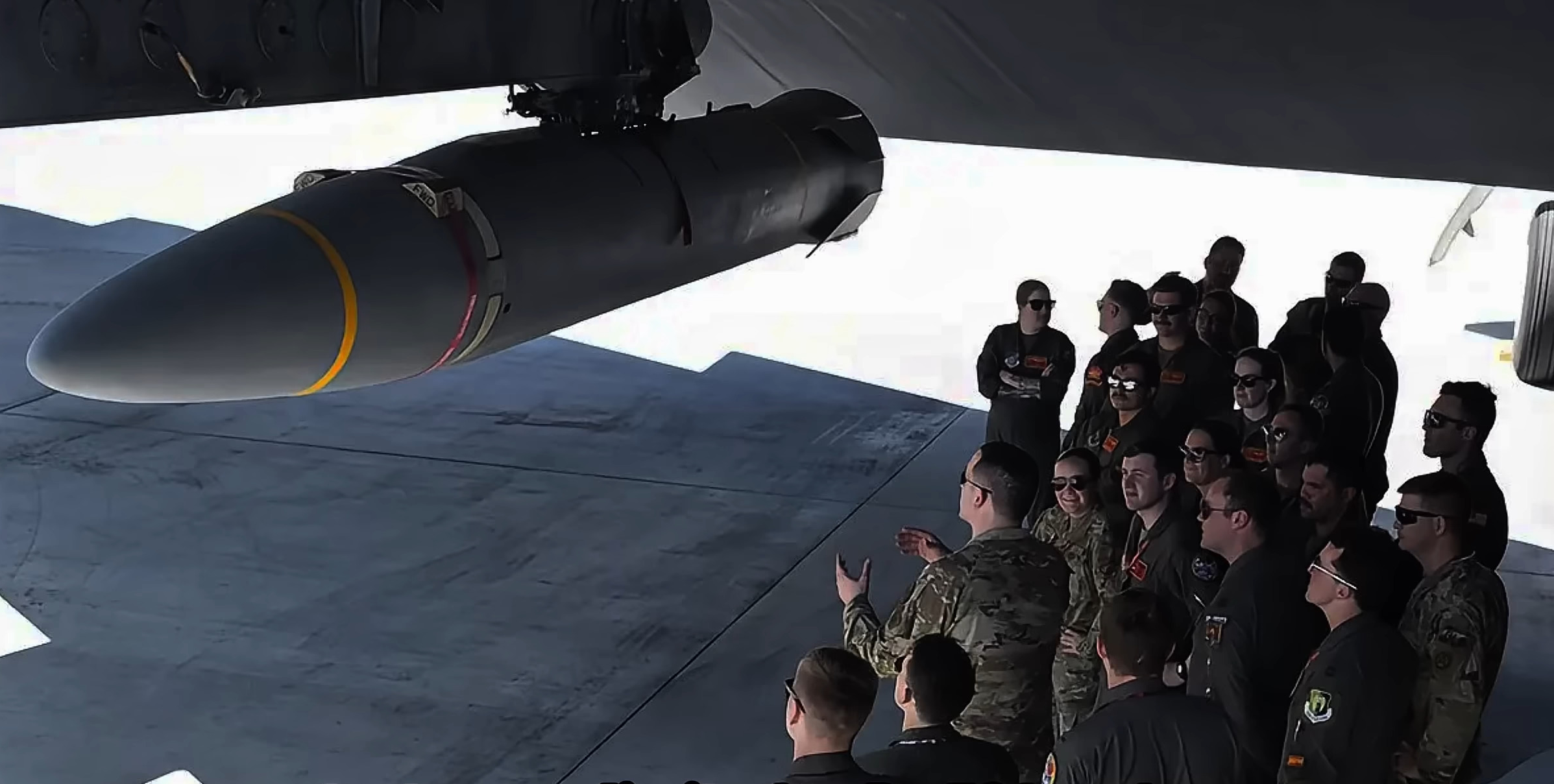
With these new pylons—based on Boeing’s Load Adaptable Modular (LAM) system—the B-1B could potentially carry up to 31 hypersonic weapons when combining internal and external carriage. The LAM has already been successfully tested, including captive-carry trials of a 5,000-pound class store, paving the way for more advanced munitions.
From Nuclear Workhorse to Hypersonic Testbed
The B-1’s six external hardpoints were originally designed to carry nuclear-tipped cruise missiles during the Cold War. Following disarmament treaties, those capabilities were shelved—but the Air Force is now bringing them back into play, albeit for conventional use.
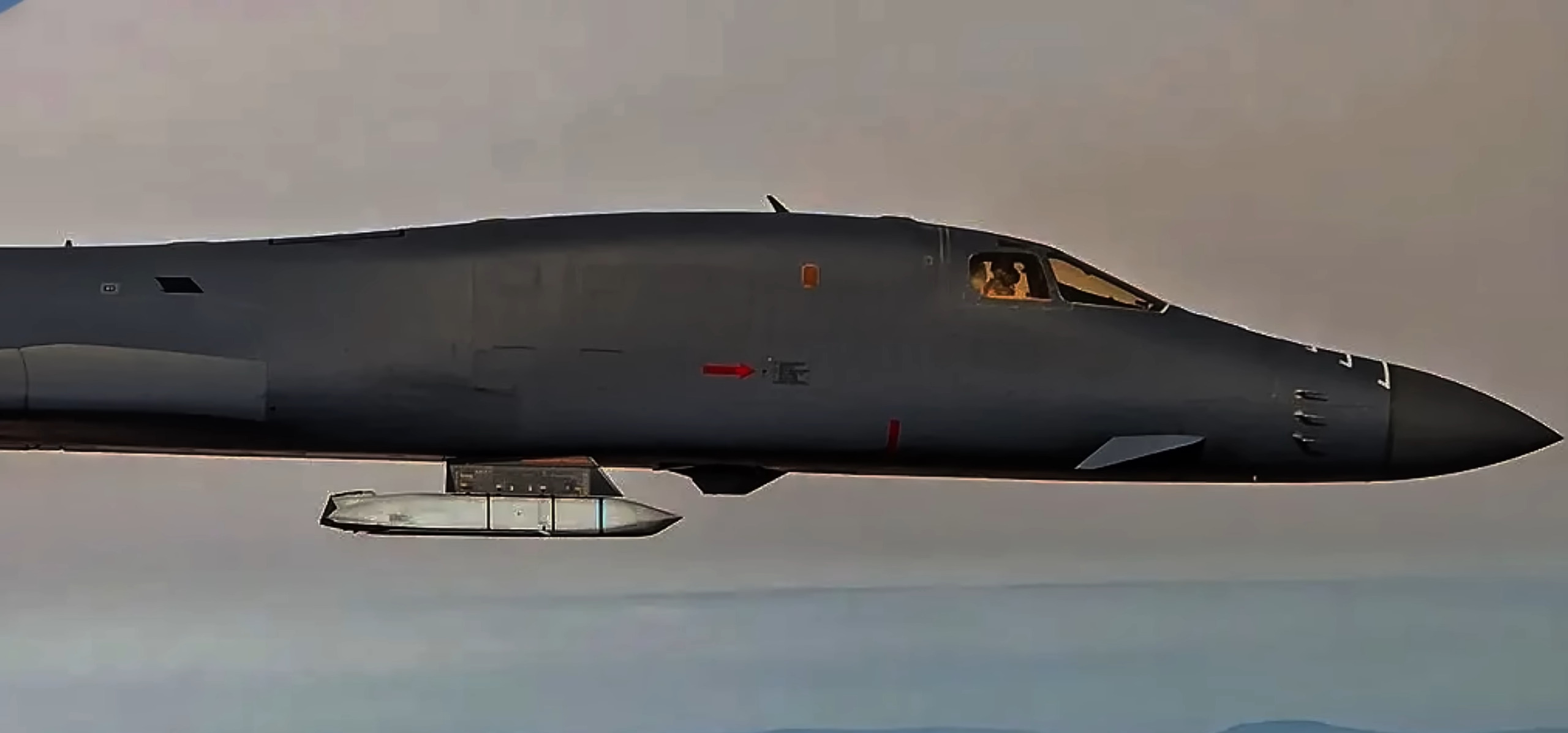
One hardpoint already supports a Sniper targeting pod, but the other five may soon carry a new generation of long-range, precision-guided, and potentially hypersonic weapons—filling the gap left by the B-52, which is now overwhelmed with other modernization programs.
Buying Time for the B-21 Raider
With only 42 B-1Bs currently in service and the B-21 Raider still a few years away from full operational status, the Air Force sees this as a way to “mitigate transition risk.” The B-1’s upgraded payload allows it to remain relevant in a high-threat environment—without risking these legacy bombers in contested airspace.
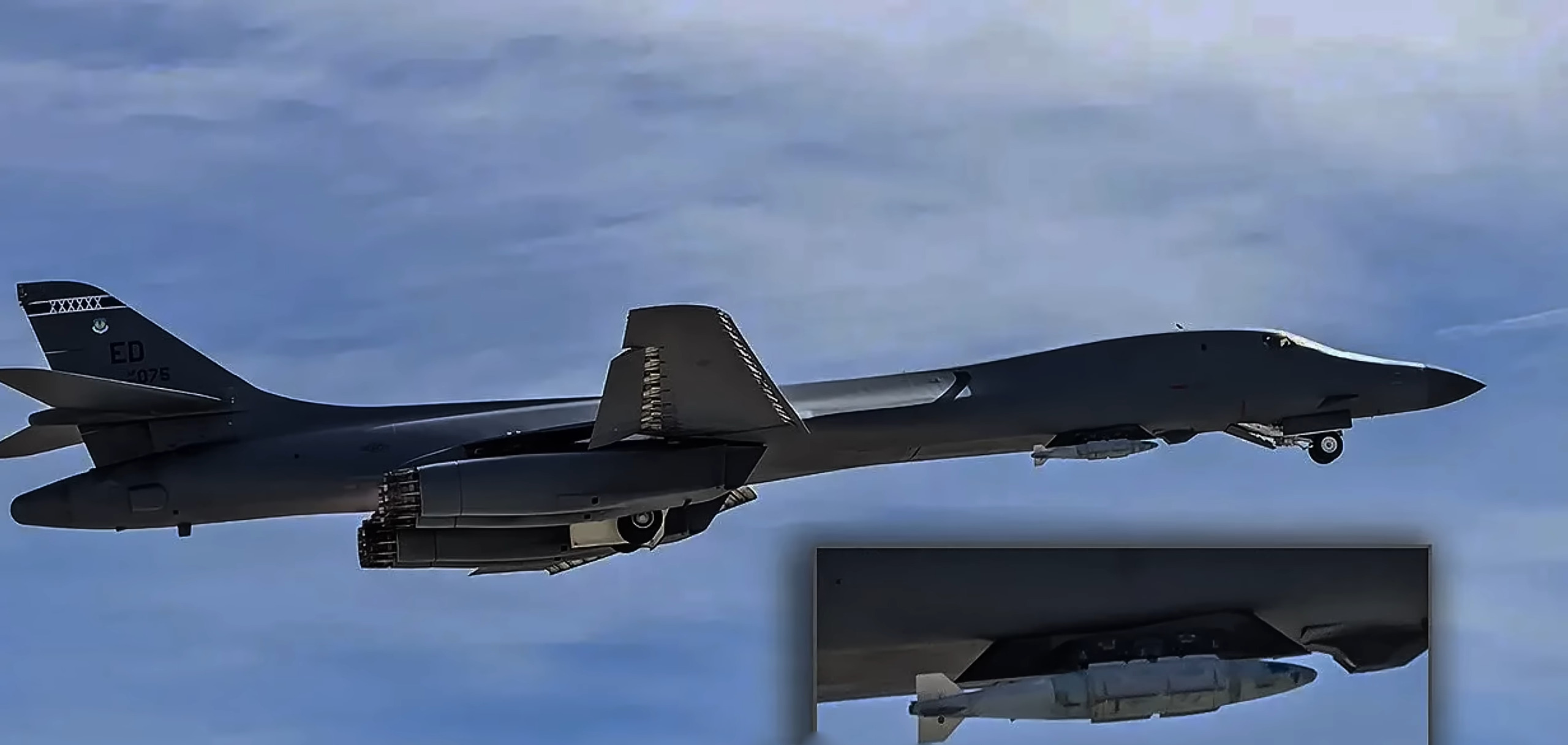
This move also buys the Air Force time. The B-2 Spirit fleet is expected to begin retiring in the 2030s as more B-21s arrive. But delays happen, and the Pentagon is hedging its bets by squeezing more utility out of the B-1 while ramping up production of its stealth successor.
The Future of the Bone
While the B-1B was never designed for hypersonics, it’s now being transformed into a high-speed missile truck capable of projecting power across oceans. With test flights and upgrades ongoing at Edwards AFB, the Lancer’s twilight years could prove its most explosive yet.















